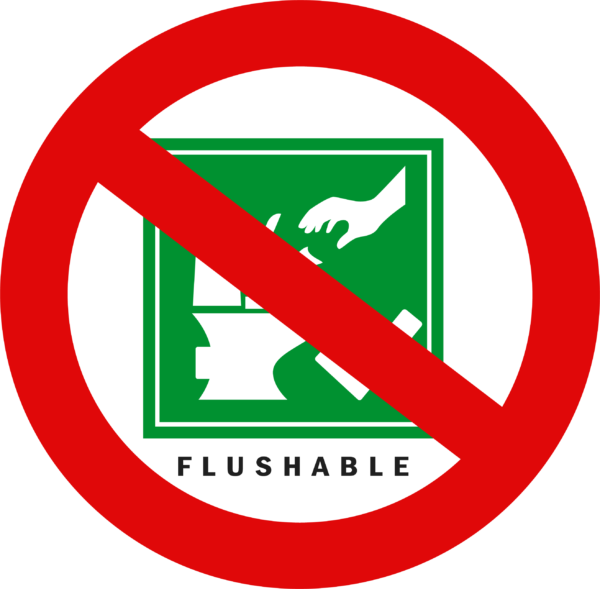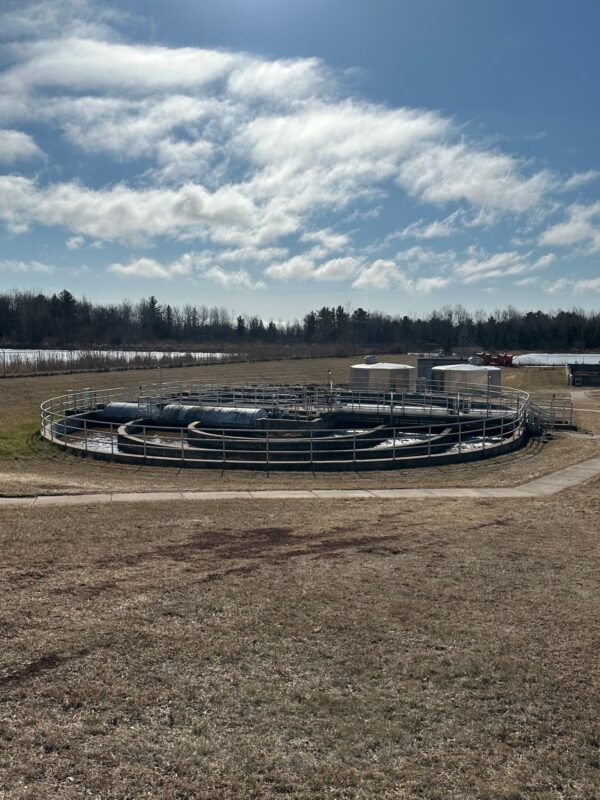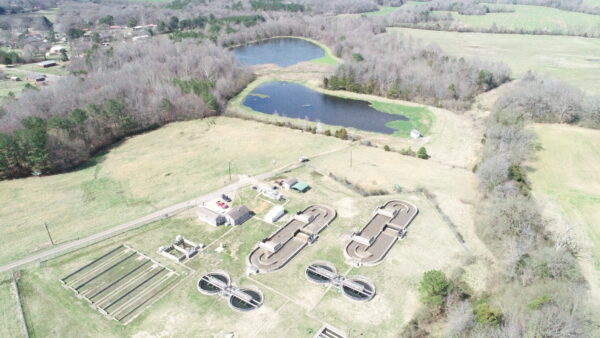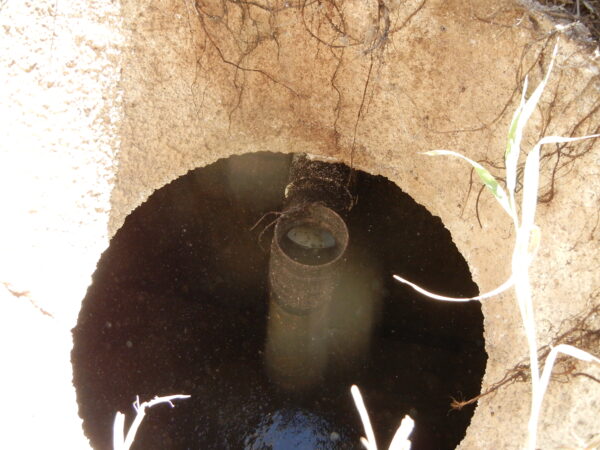Flushable Wipes Causing Pump Clogs? Pump Flow Tests Can Alert Operators Faster

In the world of wastewater collections, there are few things more cringe-inducing than the phrase “flushable wipes.”
Marketed as a convenient and efficient solution to sensitive tushes and germ-ridden surfaces alike, these fibrous and hard-wearing nonwoven wipes are the bane of rural and urban wastewater treatment facilities. In the thick of the COVID-19 pandemic, consumers have increasingly relied on these faux-flushables to keep their homes, schools, and workplaces clean. This has added to the headaches of system operators around the globe.
Once customers send these deceptively labeled disposables down the tubes, they cause havoc for public utilities’ vital equipment by enmeshing in plant screens and filters, weaving around impellers or combining with fat, oil, and grease (F.O.G.) to cause pump station clogs and other potentially catastrophic damage. As a result, budgets and labor hours are squandered, reducing systems’ operational efficiency and overall capacity.
In response, utilities have developed countless amusing and creative public information campaigns encouraging customers to think twice before flushing wipes. However, public media campaigns have their inherent limitations, and operators are ultimately responsible for taking the necessary precautions to prevent small obstructions from becoming crusty quagmires or all-out catastrophic events.
With these risks in mind, let’s revisit the fundamentals of routine pump maintenance. By extending the life of your pumps and improving their efficiency, you can prevent a nightmare scenario from occurring and potentially incapacitating your entire operation.
—
Wastewater lift station drop of knowledge pump flow test procedure
Goal:
Calculate pump flow rates using volume and time calculations for wastewater lift stations without flow meters. First, inflow is measured with pumps off over a given time. Then one pump is started and how long it takes to pump the level down one foot is timed. Both the calculated inflow and pump down rate are combined for a total flow rate. Complete the test with the level close to the pump stop setpoint for worst case numbers. Periodic tests need to be completed at the same levels for comparable results.
Procedure:
- Pump wet well down close to stop setpoint
- With all pumps off, time how long it takes for the level to rise one foot
- Start one pump and time how long it takes to pump down one foot
- Repeat the procedure for all pumps
- Calculate the wet well volume using the following methods:
- Cylinder:
- 0.785 x diameter2x depth x 7.48 (gallons per cubic foot)
- Square or rectangle:
- Length x width x depth x 7.48 (gallons per cubic foot)
- Cylinder:
- Use these volumes per foot with inflow/pumping times to calculate pumping rate
- Example:
- 6-foot cylinder:
- 0.785 x 6 x 6 x 1 x 7.48 = 211.4 gallons per foot
- Inflow level rise 1 foot took 6 minutes
- 211.4 gallons ÷ 6 minutes = 35.2 GPM inflow rate
- Pump down 1 foot took 1:15 minutes
- 211.4 gallons ÷ 1.25 (15 seconds is 25% of a minute) minutes = 169.1 GPM + 35.2 GPM inflow = 204.3 GPM total flow rate
- 6-foot cylinder:
Perform this test at regular intervals to monitor pumping performance more effectively.



